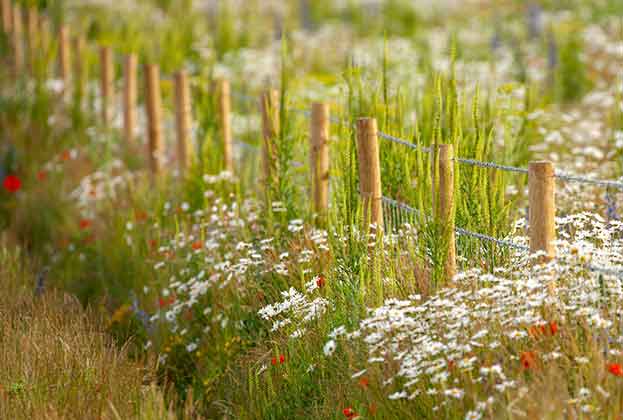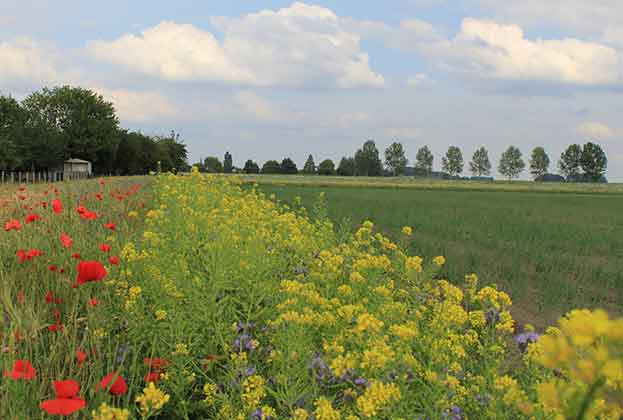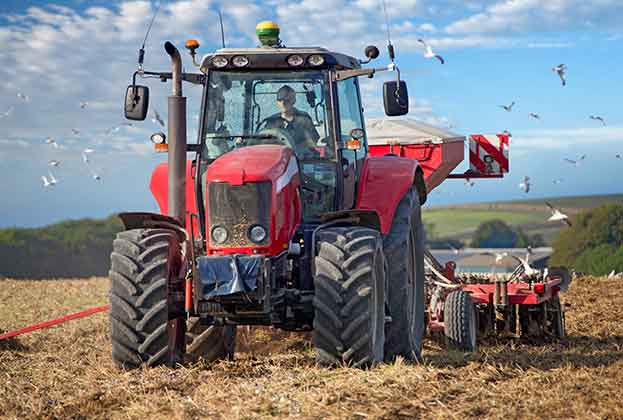What a future land use framework might look like
The rural sector has the potential to deliver a suite of nature-based solutions for a variety of markets. However, with more and more pressures on land use, knowing what to do with land is not an easy decision. The need for guidance is particularly important for those who feel that the current occupation of land is unsustainable, or under threat.
The Scottish government has committed to the development of Regional Land Use Partnerships to deliver a more integrated approach to land use change.
The English government intends to publish a land use framework in 2023 in order to ensure the nation meets land use targets while continuing to produce high-quality and affordable food. Neither government has yet committed to what a land use framework might ultimately offer.
The rural sector has the potential to deliver a suite of nature-based solutions for a variety of markets
Emily Norton, Head of Rural Research
There have been several initiatives to design land use frameworks (figure 13). Our analysis of these concludes that none so far has the perfect answer as to how the UK’s puzzle of land use fits together. We have therefore highlighted the core issues we believe government needs to address in order to create a land use framework that is genuinely useful in guiding decision-making:
- Scope – the framework should include rural and urban areas and address the interactions between both.
- Scale – the level of scale the framework applies to needs to be clearly defined. If the framework is too top-down, it risks becoming autocratic and missing local needs. However, bottom-up planning risks losing nationwide vision and progress can be slow.
- Sensible – the framework should avoid reinventing the wheel. It must work with existing targets and strategies and consider those already on the land.
- Succinct – the framework must have a clear and cohesive vision in terms of what successful land use across the UK looks like, and how we can achieve it.
How much land use change are we likely to see over the next 50 years?
The level of change will depend entirely on local context and demand. Careful, contextualised change that responds intelligently to market and policy pressures is important for a dynamic, thriving and environmentally resilient landscape.
Careful, contextualised change that responds intelligently to market and policy pressures is important for a dynamic, thriving and environmentally resilient landscape
Emily Norton, Head of Rural Research
Bringing nature into cities
The United Nations estimates that around 70% of the world’s population will be city dwellers by 2050, the same date that most countries aim to achieve net zero. Well-designed nature provides a plethora of benefits to cities – enhancing society’s wellbeing, providing access to nutritious food and enabling natural shading and cooling.
Urban farming
Copenhagen has launched an urban farming programme, utilising roofs, unused gardens and vertical farms to grow organic produce, reducing food mile emissions and providing nutritious vegetables to kitchens, kindergartens and residential care homes. The city operates 1,000 kitchens that produce 70,000 meals a week.
Cool nature
Heat-related deaths are becoming more common in cities. As temperatures rise, the urban heat island effect becomes more deadly. Urban heat islands are areas that are significantly warmer than their surrounding rural areas due to human activities. Planting trees and increasing green habitats within cities can mitigate urban heating. The government of Singapore is tackling the heat island effect with a combination of retrofit technologies and rooftop planting, reducing the ambient temperature around buildings in initial tests by 2°C.
Transforming spaces
Since its transformation for the 2012 Olympics, the London Olympic Park is now home to approximately 70 species of birds and seven species of bats.
The Canary Wharf Group and the Eden Project have launched a partnership to tackle biodiversity challenges in urban environments. Canary Wharf already contains more than 30 tree species, reed beds, living roofs and extensive aquatic habitats. However, the intention is to build on this and create a green spine through the centre of the Canary Wharf estate, creating additional habitats and opportunities for recreation. The new partnership with the Eden Project will develop a blueprint for sustainable global cities to act on biodiversity loss.
The social benefits of green space are well known. In England, the £9 million Levelling Up Park Fund aims to improve access to green space in the country’s most deprived urban areas where green space is currently lacking.

Esther Barry / Shutterstock
Read the articles within Spotlight: Nature-based solutions below.
.jpg)


